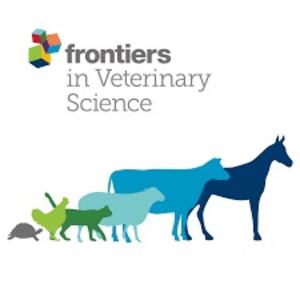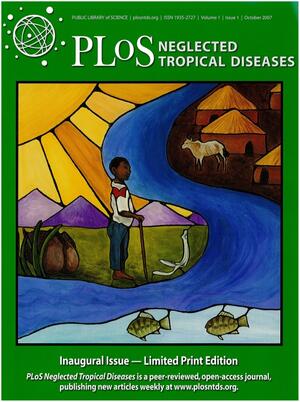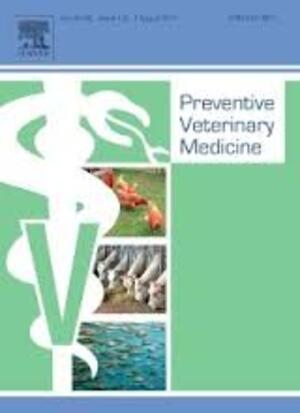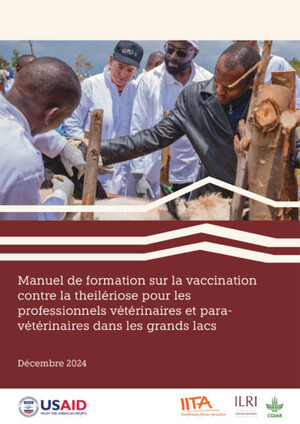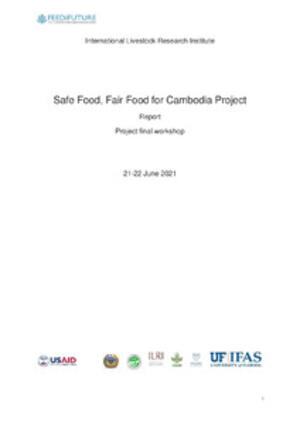
Africa's growing risk of diseases that spread from animals to people
Abstract
Three-quarters of emerging human infectious disease outbreaks are “zoonotic,” meaning they originate from viruses and other pathogens infecting animals that then “jump” species to infect people. This “species jump” by pathogens is not new — it has occurred throughout pre- and recorded history. But in the last half of the last century, with the widespread use of antibiotics and vaccines, many had begun to believe that the era of infectious disease was ending. The story of epidemics, however, is always evolving. As we see clearly now with the ongoing COVID-19 pandemic, which is believed to have originated from virus-infected meat or live animals sold in a traditional “wet” food market in Wuhan, China, our hopes for the end of infectious disease were badly misplaced. Over the last 100 years, in fact, there has been growing evidence of not less but more frequent emergence and greater spread of zoonotic pathogens in humans and animals. In recent decades, most of these zoonotic pathogens were reported in Europe and the United States. More recently still, Asia, Africa, and South America appear to be growing in importance as origins of zoonotic pathogens.
Citation
Bett, Bernard; Randolph, Delia; and McDermott, John. 2020. Africa’s growing risk of diseases that spread from animals to people. In COVID-19 and global food security, eds. Johan Swinnen and John McDermott. Part Eight: Preparing food systems for future pandemics, Chapter 28, Pp. 124-128. Washington, DC: International Food Policy Research Institute (IFPRI). https://doi.org/10.2499/p15738coll2.133762_28.





